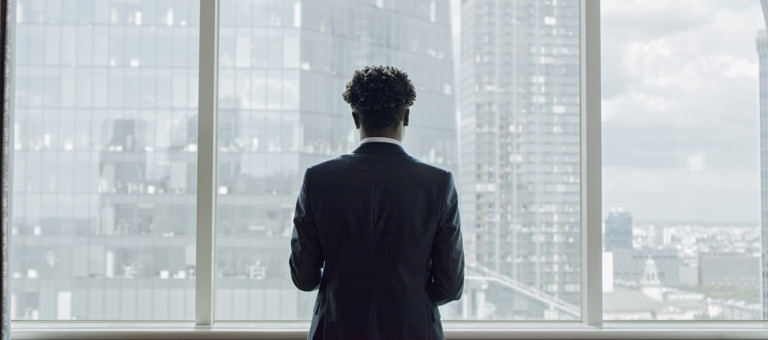The workplace naturally brings out a different part of ourselves, regardless of who we are. But the gap between ‘work self’ and ‘authentic self’, can be much larger for certain groups of people. We need to find out how best to decrease that gap for those where it is notably bigger. And that’s the code we need to crack.
Speaking the lingo
As a black man joining Baringa three years ago, I’ll admit I had a few preconceived ideas about the unwritten rules in the world of work. I figured that the people in the types of careers I wanted to pursue, didn’t look like me, talk like me, or have similar backgrounds or experiences to me. I thought certain demographic groups thrived more than others in the workplace. And by displaying these associated ‘polished’ characteristics – whether it’s true or not – gives the impression that you can do your job better. So, somewhat subconsciously, I did what I could to assimilate.
Baringa has always been a very welcoming place, but even in the short time I’ve been here, it’s developed a much more diverse workforce. At the beginning, among less diversity, I felt the need to assimilate into the pre-existing culture, to try and fit in more. I brought a certain type of myself to work, even slipping into speaking a ‘work lingo’ that I didn’t use at home!
Celebrating the value of difference
But there are many instances where my authentic self did, and still does, come out – among my peers, with those who have similar experiences to me, or where people know me better. And over time, with experience and increased confidence in my abilities, the needle on my personal ‘authenticity gap’ has moved more towards ‘who I am’.
It helps enormously that Baringa has a culture of listening. It enables me to provide the context of who I am and where I’ve come from. This is particularly down to the wide breadth of diversity networks that have evolved within the organisation. Where, by individuals having a space to share their experiences – both negative and those to be celebrated – the value of difference has become much more mainstream within Baringa.
My involvement with the Black at Baringa network has been a personal turning point. It provides me with a safe space where I can be with those of shared backgrounds. It also gives me the opportunity to show other people who look like me that you don't need to act in a certain way to progress.
One of the main goals of the Black at Baringa network is to recruit an underrepresented black population into the Baringa workforce. Initiatives like Black at Baringa lunches and Black History Month events help to make our work environment more inclusive and in turn more welcoming. Dismantling the out-dated rules of how we should be at work that no longer benefit us. Meaning, hopefully, that people will want to stay at Baringa once they’re here.
Continuing to listen to move forward
Despite the incredible work that Baringa has done to encourage inclusion, it’s so important that we keep creating these spaces to listen. Because things continually change, and what certain groups need now might not be what they needed yesterday or what they need tomorrow. In fact, what I need today might be completely different to what another black person needs today. There’s no room for complacency.
If we keep asking the question of where we are in terms of diversity and recognising where we’re not and what we can do about it, then we’ll continue on our journey to move forward and rewrite the Baringa code and lessen the authenticity gap for everyone. After all, we shouldn’t feel like we have to be a certain person at work, or in life. It’s boring to be one of many.
More from this series

Boundaries to protect myself and the way I work
Joel Loong, expert in Energy and Resources in Singapore discusses neurodiversity at work and championing your personal ways of working for success.
Read more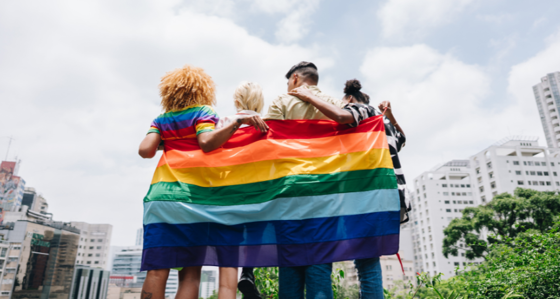
The right cheerleaders at the right levels
Jasmin Jenkinson, expert in Energy and Resources, talks on disclosing sexuality at work and how Baringa has grown and how it can continue to champion authenticity.
Read more
Chris Nott on social mobility: hiring people, not profiles
Chris Nott, Partner in Financial Services in Australia, discusses the importance of hiring a person, not a social background and how Baringa has evolved over 15 years.
Read more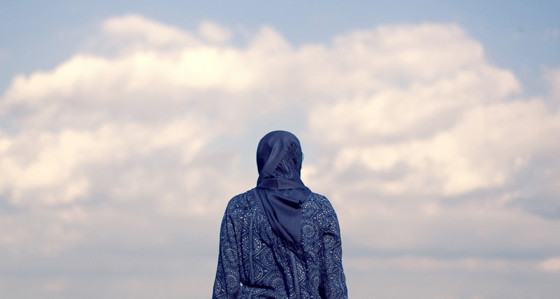
Anneka Sheikh: faith, gender, and ethnicity
Anneka Sheikh, Senior Vetting and Screening Advisor, discusses being of faith, female and an ethnic minority, and the experiences she's faced in her career and at Baringa.
Read moreRead our Personal Journeys blog
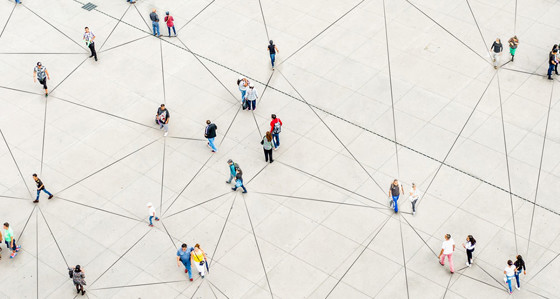
Diversity and inclusion: personal journeys
A series of reflective pieces where brilliant people from within Baringa will share their journeys as individuals or members of our company and community.
Read more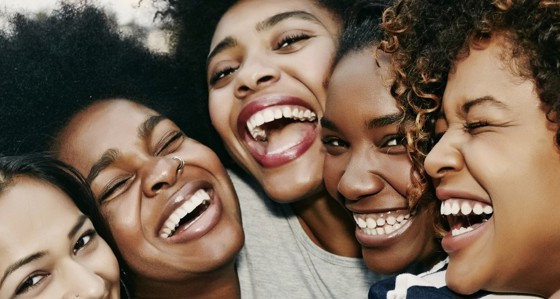

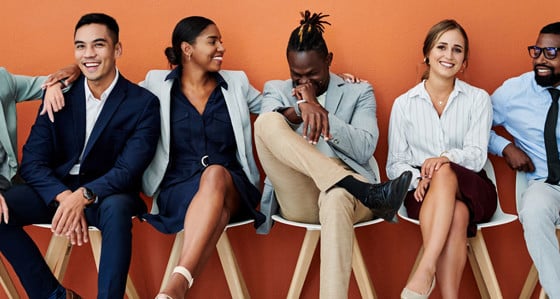
Why I am talking to white people about race
Introducing Jennifer Cook, an expert in organisational and operational transformation and a leader in Baringa’s Ethnic Diversity Network
Read more